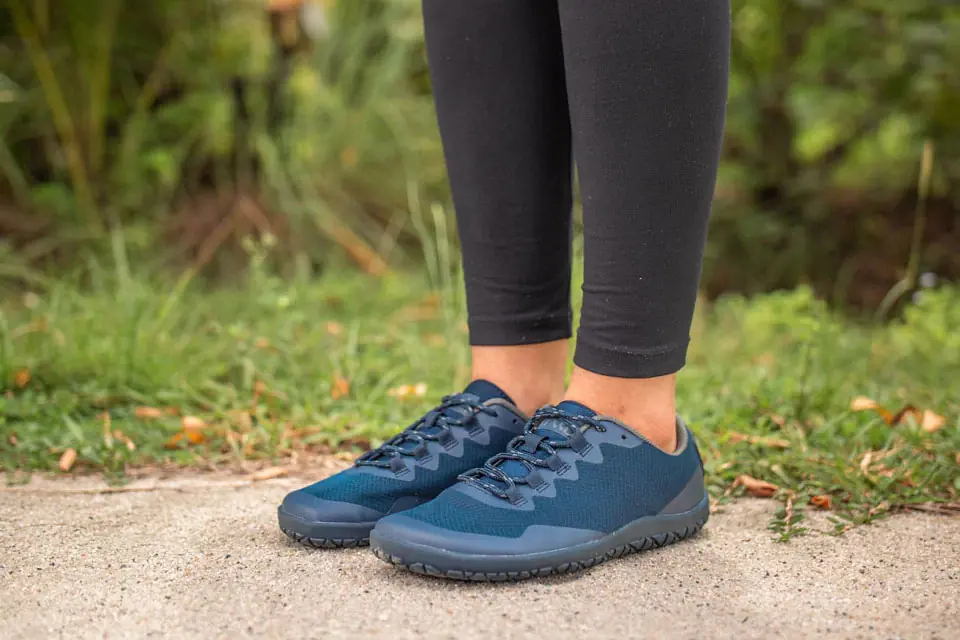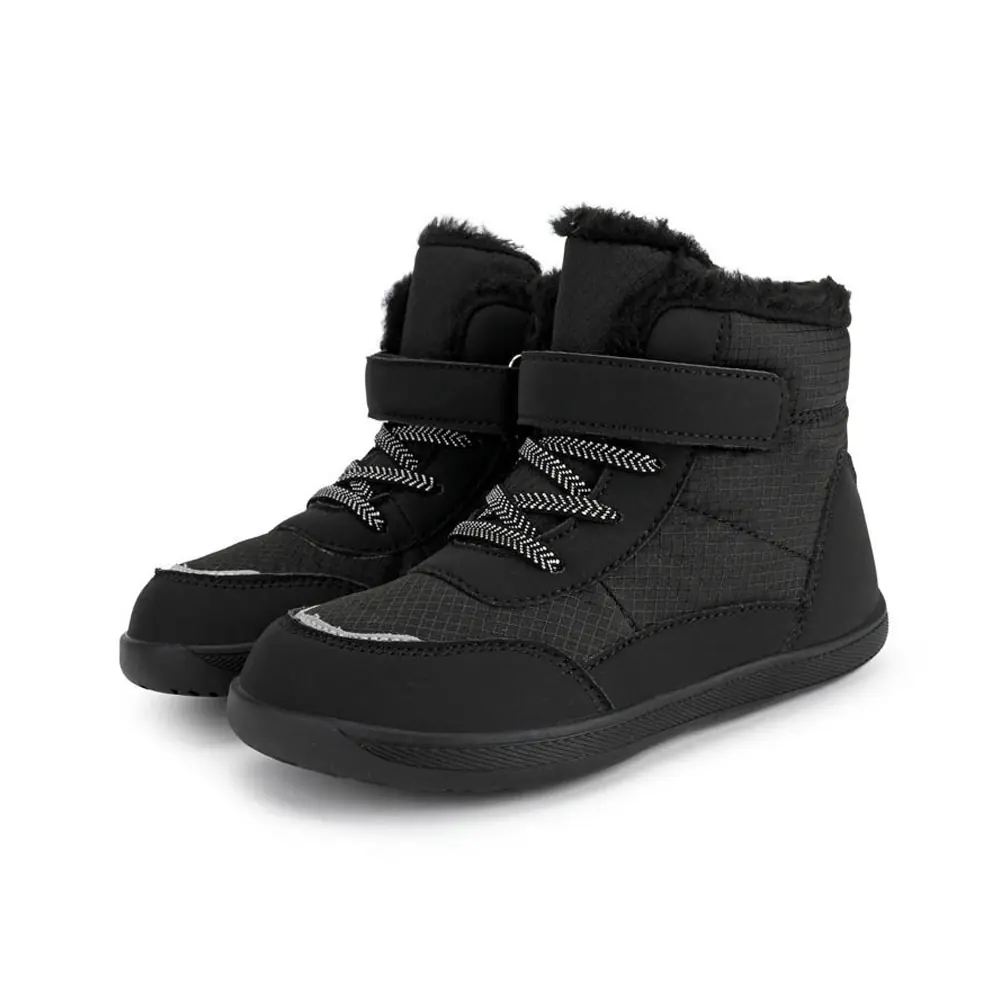
Do Barefoot Shoes Help with Plantar Fasciitis
Plantar fasciitis is a common and often painful condition affecting the feet, particularly the heel and arch areas. Many individuals suffering from plantar fasciitis seek effective solutions to alleviate their discomfort and improve their foot health. One such solution gaining popularity is the use of barefoot shoes. But do barefoot shoes help with plantar fasciitis? This article delves into the benefits, considerations, and scientific insights surrounding barefoot shoes and their impact on plantar fasciitis.
Table of Contents
Understanding Plantar Fasciitis
Plantar fasciitis is an inflammation of the plantar fascia, the thick band of tissue that connects the heel bone to the toes. This condition often results in sharp heel pain, especially noticeable with the first steps in the morning or after prolonged periods of inactivity.
Common Symptoms
- Heel Pain: Typically the most prominent symptom.
- Stiffness: Particularly in the arch of the foot.
- Swelling: Mild swelling in the heel area.
- Tenderness: Sensitivity when touching the affected area.
Causes of Plantar Fasciitis
- Overuse: Excessive running or standing can strain the plantar fascia.
- Foot Mechanics: Flat feet, high arches, or an abnormal walking pattern can contribute.
- Obesity: Extra weight increases stress on the plantar fascia.
- Improper Footwear: Shoes without adequate support or cushioning.
How Barefoot Shoes Differ from Traditional Shoes
Traditional footwear often includes features like elevated heels, arch support, and padded insoles. In contrast, barefoot shoes embrace a minimalist design, aiming to mimic the natural barefoot experience.
Key Features of Barefoot Shoes
- Thin Sole: Allows for better ground feel and proprioception.
- Lightweight Material: Reduces foot fatigue.
- Wide Toe Box: Provides ample space for toe movement.
- Zero Drop: The heel and forefoot are at the same level, promoting natural foot alignment.

The Science Behind Barefoot Shoes and Plantar Fasciitis
The effectiveness of barefoot shoes in addressing plantar fasciitis hinges on their ability to promote natural foot mechanics and strengthen foot muscles.
Foot Biomechanics
Wearing traditional shoes can alter the natural gait, leading to increased strain on the plantar fascia. Barefoot shoes encourage a more natural foot motion, potentially reducing the stress on the plantar fascia.
Arch Support vs. Natural Movement
While arch support in traditional shoes provides immediate relief, it may lead to weakening of foot muscles over time. Barefoot shoes, by allowing the arch to engage naturally, can strengthen these muscles, offering long-term benefits.
Benefits of Barefoot Shoes for Plantar Fasciitis
Strengthening Foot Muscles
Barefoot shoes encourage the use of smaller foot muscles, which can help support the arch and reduce strain on the plantar fascia.
Improved Foot Mechanics
By promoting a natural gait, barefoot shoes can enhance overall foot function and alignment, potentially alleviating plantar fasciitis symptoms.
Reduced Heel Pain
The zero-drop design ensures even weight distribution across the foot, minimizing the excessive pressure that often leads to heel pain.
Potential Risks and Considerations
While barefoot shoes offer numerous benefits, it’s essential to approach their use with caution, especially for those with plantar fasciitis.
Transition Period
Switching to barefoot shoes requires a gradual adaptation period. Sudden changes can lead to muscle soreness or injury.
Not Suitable for Everyone
Individuals with severe plantar fasciitis or other foot conditions should consult a healthcare professional before making the switch.
Choosing the Right Barefoot Shoes for Plantar Fasciitis
Selecting the appropriate barefoot shoes is crucial for effectively managing plantar fasciitis.
What to Look For
- Adequate Cushioning: While minimalist, the shoes should offer enough padding to protect the heel.
- Flexibility: Allows the foot to move naturally without restriction.
- Durable Materials: Ensures longevity and consistent performance.
Recommended Products
- Men’s Barefoot Running Sneakers Shoes: Designed for runners seeking minimal support.
- Women Minimalist Casual Barefoot Sneakers: Combines style with foot health benefits.
- Kid’s Minimalist Casual Athletic Sneakers Barefoot Shoes: Perfect for active children needing foot support.
How to Transition to Barefoot Shoes Safely
Transitioning to barefoot shoes should be approached methodically to prevent injury and maximize benefits.
Gradual Introduction
Start by wearing barefoot shoes for short periods, gradually increasing the duration as your feet adapt.
Strengthening Exercises
Engage in foot-strengthening exercises such as toe curls, arch lifts, and calf stretches to prepare your feet for the minimalist design.
User Experiences: Testimonials and Case Studies
Many individuals have experienced relief from plantar fasciitis symptoms through the use of barefoot shoes. For instance, John D., a long-distance runner, noted a significant reduction in heel pain after switching to barefoot shoes and incorporating foot-strengthening exercises into his routine.
“Switching to barefoot shoes was a game-changer for my plantar fasciitis. The natural movement and strengthened foot muscles made a noticeable difference in my pain levels.”
Comparison Table: Barefoot Shoes vs. Traditional Shoes for Plantar Fasciitis
| Feature | Barefoot Shoes | Traditional Shoes |
|---|---|---|
| Sole Thickness | Thin, flexible | Thick, cushioned |
| Arch Support | Minimal to none, promotes natural arch engagement | Often includes built-in arch support |
| Weight | Lightweight | Heavier due to additional materials |
| Toe Box | Wide, allows natural toe spread | Narrower, can restrict toe movement |
| Heel Drop | Zero drop, heel and forefoot at same level | Elevated heel, can alter natural gait |
| Ground Feel | Enhanced proprioception | Reduced ground feel due to thick soles |
Expert Opinions and Research Findings
Research indicates that barefoot or minimalist footwear can benefit individuals with plantar fasciitis by promoting natural foot mechanics and strengthening the intrinsic foot muscles. A study published in the Journal of the American Podiatric Medical Association found that subjects who wore barefoot shoes exhibited improved arch strength and reduced plantar fasciitis symptoms over time.
Dr. Emily Thompson, a podiatrist, emphasizes:
“While barefoot shoes are not a one-size-fits-all solution, they can be highly effective for many individuals suffering from plantar fasciitis. It’s essential to transition gradually and listen to your body’s signals during the process.”
FAQs
How quickly can I expect relief from plantar fasciitis with barefoot shoes?
Relief varies among individuals. Some may experience improvement within a few weeks, while others might take several months as their foot muscles strengthen and adapt.
Are barefoot shoes suitable for all types of plantar fasciitis?
While many find barefoot shoes beneficial, those with severe plantar fasciitis or other underlying foot conditions should consult a healthcare professional before making the switch.
Can I use barefoot shoes for running if I have plantar fasciitis?
Yes, but it’s crucial to transition gradually. Start with short runs and increase your mileage as your feet adapt to the minimalist design.
Do barefoot shoes offer enough cushioning for daily use?
Barefoot shoes provide minimal cushioning, focusing more on natural foot movement. However, many models include adequate padding in key areas to ensure comfort during daily activities.
How do barefoot shoes compare to orthotic inserts for plantar fasciitis?
Orthotic inserts provide targeted support and immediate relief, whereas barefoot shoes promote long-term foot strength and natural mechanics. Depending on your needs, a combination of both might be beneficial.
Is stretching necessary when using barefoot shoes for plantar fasciitis?
Yes, incorporating stretching exercises, particularly for the plantar fascia and calf muscles, can enhance the benefits of barefoot shoes and aid in recovery.
Conclusion
Do barefoot shoes help with plantar fasciitis? The evidence suggests that barefoot shoes can be a valuable tool in managing and alleviating plantar fasciitis symptoms. By promoting natural foot movement, strengthening foot muscles, and improving overall foot mechanics, barefoot shoes offer a holistic approach to foot health. However, it’s essential to transition gradually and consult with healthcare professionals to ensure they’re the right fit for your specific condition. Embracing barefoot shoes could not only provide relief from plantar fasciitis but also enhance your overall walking and running experience, leading to healthier and happier feet.
For more information on finding the perfect barefoot shoes tailored to your needs, explore Custom Barefoot Shoes and discover a wide range of options designed to support your journey towards better foot health.
